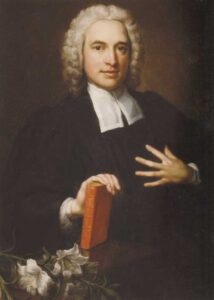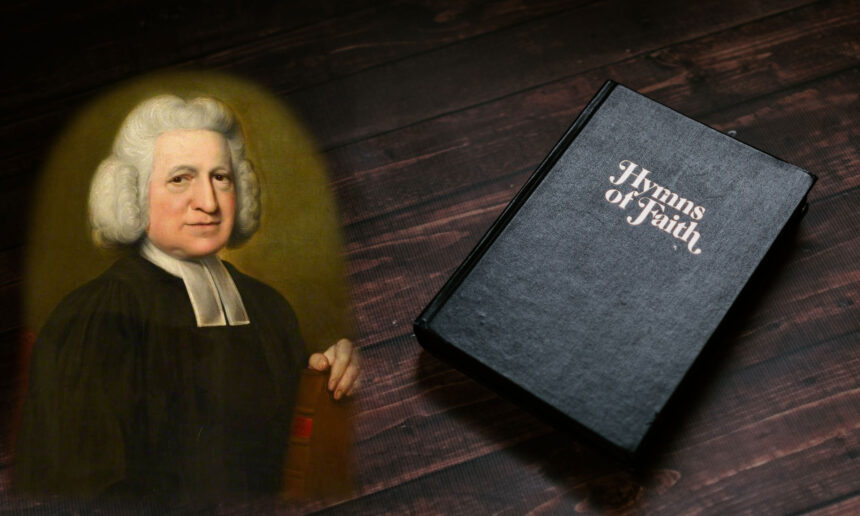As part of church worship services around the country, we sing God’s praises in uplifting hymns. Every believer has their favorite hymn, but among the most enduring are “And Can It Be,” “Christ the Lord is Risen Today,” “O for a thousand Tongues to Sing,” and the carol “Hark! The Herald Angels Sing.” These hymns were penned by the prolific hymnist Charles Wesley. He wrote a vast collection of over 6,500 hymns during the 18th-century Christian revival period. Together with his evangelist brother, John Wesley, they started the Methodist movement in the Church of England.
Educated at Oxford University, where his brothers also attended, Charles Wesley formed the Holy Club in 1729, where fellow students met for prayer, Bible study, and pious discipline. They also brought food to the poor, spiritually cared for those in prisons, and taught orphans to read. The name “Holy Club” was actually intended to be an insult made by students who mocked them. Later, John Wesley and George Whitefield also joined the organization, and the three became colleagues. The Holy Club is said to be the root of Methodism.
 Born in 1707, Charles Wesley was the 18th child of Samuel and Susanna Wesley. Only 10 of their 19 children survived. Charles was born prematurely and quietly lay wrapped in soft wool for weeks. His mother taught him and his siblings Greek, Latin, and French. He went to Westminster School at Christ Church, Oxford, at the age of eight. In 1729, he became a college tutor. At this point, his religious impressions were deepened.
Born in 1707, Charles Wesley was the 18th child of Samuel and Susanna Wesley. Only 10 of their 19 children survived. Charles was born prematurely and quietly lay wrapped in soft wool for weeks. His mother taught him and his siblings Greek, Latin, and French. He went to Westminster School at Christ Church, Oxford, at the age of eight. In 1729, he became a college tutor. At this point, his religious impressions were deepened.
In 1735, he and his brother John sailed from Kent to Savannah in Georgia Colony in British America at the request of the governor, James Oglethorpe. Charles was appointed Secretary of Indian Affairs and was chaplain to the garrison and colony at nearby Fort Frederica, St. Simon’s Island. His stay was short-lived, and he returned to England nearly a year later.
Both brothers experienced evangelical conversion in 1738. Charles wrote in his diary, “I labored, waited, and prayed to feel ‘who loved me, and gave himself for me.'” He shortly found himself converted and journaled, “I now found myself at peace with God, and rejoice in hope of loving Christ.”
His conversion inspired him to share the Gospel with everyone and to write two new hymns, “And Can It Be” and “Where Shall My Wondering Soul Begin?” These launched the prolific poetic hymn writing for which he became known. He translated the Gospel message into hymns which became a significant means of evangelism. George Frideric Handel wrote music for some of them.
Charles earned recognition and admiration for his unique ability to express the Christian experience in memorable verse. Marked by strong doctrinal content, rich scriptural and literary references, and various metrical and stanza forms, his hymns are considered to have greatly influenced Christian worship and modern theology.
John Julian, who compiled the massive “Dictionary of Hymnology,” declared that “perhaps, taking quantity and quality into consideration, [Charles Wesley was] the greatest hymn-writer of all ages.”
Now, here’s a treat. You can enjoy the music and sing along to one of the best-known hymns written by Charles Wesley:


